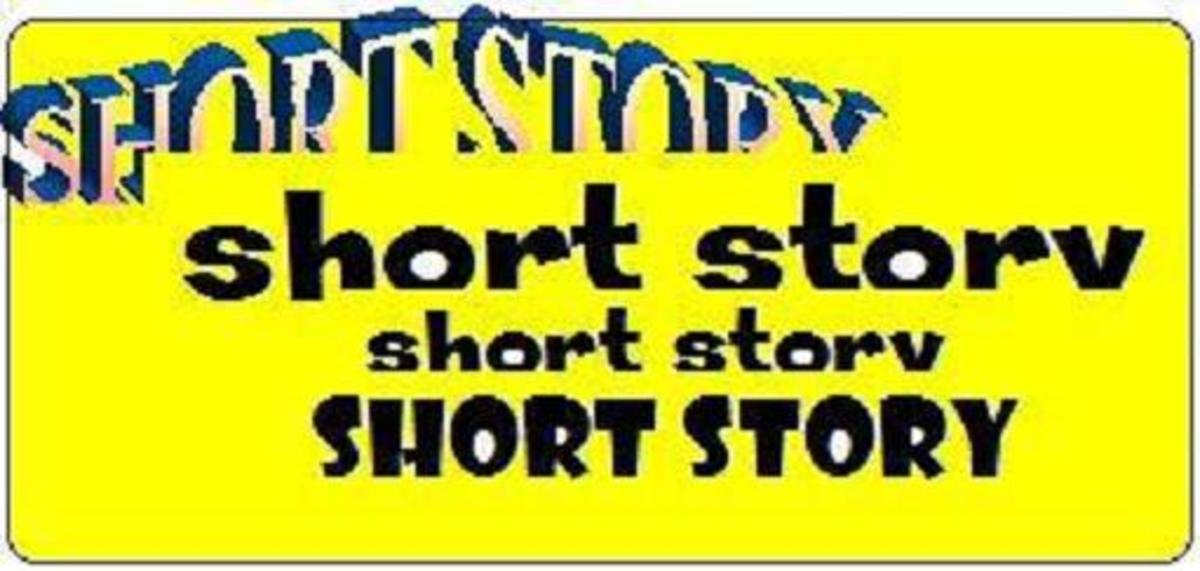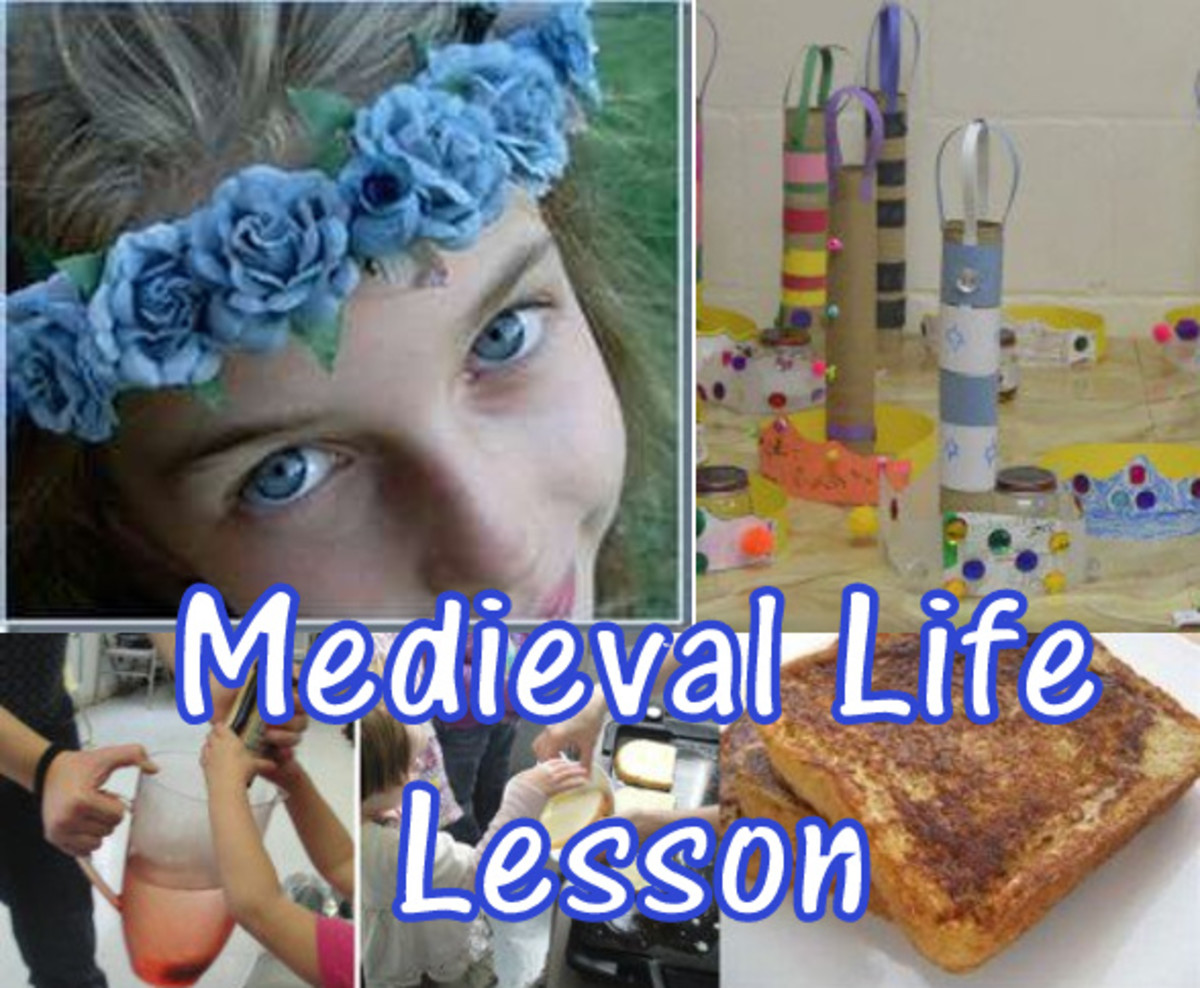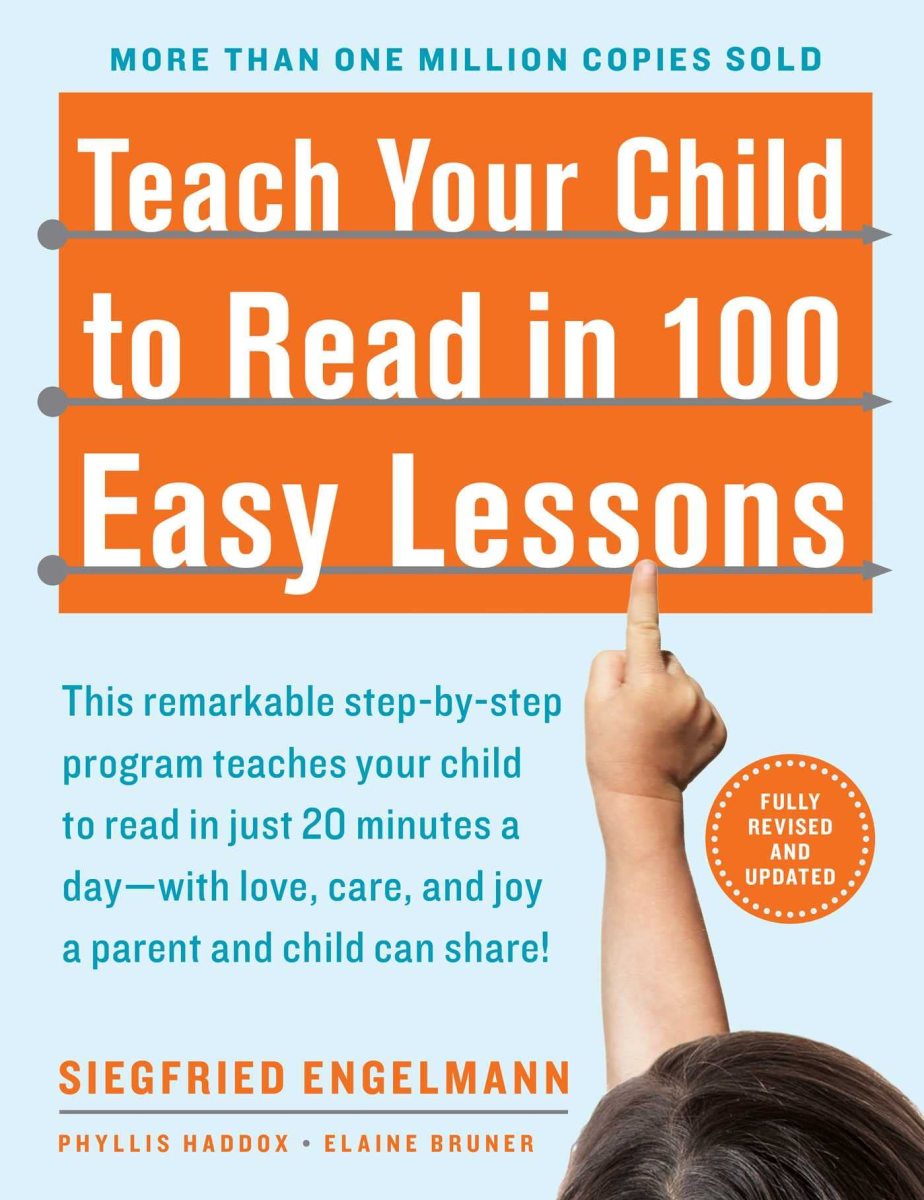Mastering the Art of Storytelling
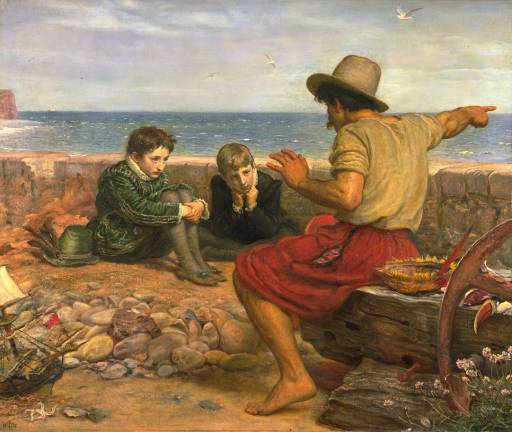
I read with interest that the Singapore International Storytelling Festival 2014, with storytellers of different cultural and ethnic origin, is coming our way.
This piqued the storyteller in me. We all know the old adage. Everyone loves a good story. All writers are storytellers at some point.
A tale that engages moves and compels audiences in many different ways. For those who believe that storytelling is but time-wasting creativity, I beg to differ. It has countless benefits.
But what makes a good story? How should we tell it so that we engage any audience we relate it to?

1. The benefits of storytelling
Before discussing the what and the how, we have to believe in the merits of storytelling. It has benefits, whether for the children in your care or the employees in your workplace.
a. We explore cultural identity.
Storytelling enables people to attune to cultural identity. It makes children and adults aware that
the world includes different people. It also allows them to connect with their own cultural identity.
It makes differences palatable and prompts people to embrace them.
b. It boosts empathy.
By exposing people to different cultures, storytelling boosts empathy. It opens their eyes to the various situations that others experience.
Storytelling creates possibilities, whether physical, mental or emotional. It encourages people to appreciate others and the obstacles they face.
c. Storytelling offers insights into different values and perspectives.
It does so by showing people that different values and perspectives are possible. A good story makes readers or listeners realize that none of us think alike.
It shows that everyone reacts differently to situations and circumstances.
d. Storytelling prompts people to consider new ideas.
It also shows the audience that new ideas are possible. Listeners and readers realise that there is more than one way of achieving a task or approaching a situation.
Though fantastical, we can tailor these approaches to deal with the real problems that affect our lives.
e. It arouses curiosity.
To add, storytelling builds curiosity. It encourages children and adults to ask questions. It allows the mind to grow.
f. It increases knowledge.
Storytelling also grows the mind by increasing our knowledge. For children, it increases the number of words in their vocabulary banks.

2. What makes a good story
What, then, makes a good story? A good story is, after all, subjective and depends on the nature of the audience.
a. The readers/listeners must relate to it.
The audience must relate to the story. We all disconnect when the subject matter of the story is irrelevant.
To a listener, a story that is not relevant to their lives is not worth reading or listening to.
b. The subject should interest readers.
Relevance equals interest. The subject of the story should interest the listeners. Relating a science fiction narrative to an audience that prefers romance is not advisable, unless the two are integrated carefully.
Always look out for what is trending. That connects listeners with the story immediately.
c. Use other sources.
To add, draw inspiration from different sources. Television is not all bad. We can modify stories that grace our television screens.
A lovely song tells a story. Another story may serve as inspiration too.
d. Have an engaging hook.
All stories aim to engage. Storytellers only have a short minute to capture the attention of our audiences.
Make the hook creative and engaging. We can start at the climax or the most exciting part of the story. Start with "She looked around furtively and put the watch in her pocket."
It immediately prompts questions such as "Who is she?", "Is she a thief?" or "Why is she so concerned about the watch?"
e. A good story is interactive.
Storytelling is made more effective if we encourage audience participation. If you are narrating a story to children, ask questions such as "What do you think happened next?" or "Who do you think came after this?" to engage their minds and encourage them to interact.
If you are narrating a story to adults, ask for volunteers. Tell a joke, for humor always helps.
f. It has engaging characters.
Create relatable characters. Characters the audience associate with always engage. If they are slightly exaggerated, it makes them fun.
g. It has a message.
A story must have a point. There is nothing worse than a rambling tale without a purpose.
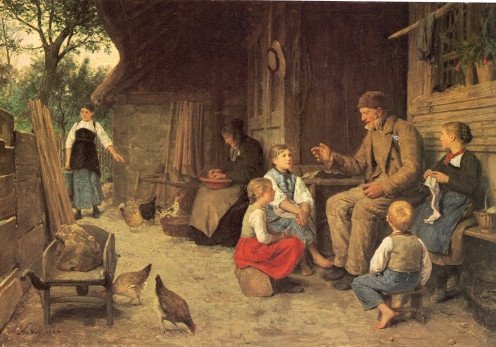
How to tell a story
3. How to tell a good story
But how to we narrate a story effectively? How do we use a story to compel and motivate?
It all boils down to your audience. Have it in mind and vary your approaches.
a. Children
i. Have eye contact
If you are telling a story to children, make sure that you maintain eye contact with the audience.
As a beginning primary school teacher, I used to make the mistake of lowering my head and eyes. And yes, the children climbed over my head.
ii. Let children participate in the story
Children should participate in the story. If you are telling a story to a listening audience, ask for volunteers.
If you are writing the story, have points when children interact with pictures or puzzles. The online game developer, Her Interactive, does this well. It creates stories told from the viewpoint of Nancy Drew, the famous teen detective created by Carolyn Keene.
The stories involve players, who become Nancy. They tell the stories and solve mysteries from her perspective.
iii. Bring characters to life with creative voicing.
If you are narrating the story, use different voices for different characters. Bring them to life via creative voicing.
Little children equate voices with characters. It helps them to establish the charcter's identities and traits.
iv. Incorporate a creative project
To make the story meaningful, follow it up with a creative project. Help children to remember the story by getting them to dress up as its characters.
You could also get them to offer alternative endings to the story.
Which is your favorite story genre?
b. Adults
Of course, we have to tweak these approaches when we tell stories to adults.
i. Bring characters to life with dialogue and expression
You will have to bring characters to life when you stories to adults as well. The characters, however, must seem natural. Make their characteristics mirror those of people the audience will meet in the course of their lives.
Bring them to life with good dialogue and expression. It should be lively, though not exaggerated.
ii. Use transitions.
Stories for adults, whether written or narrated verbally, are longer than children's stories.
To create flow and momentum, use transitions. These are pauses, happening at the right moment, that mark the flow from one part of a story to another.
It leaves the audience asking questions or puts them at the edge of their seats. Cliffhangers are effective transitions. By leaving the end of one part of a story inconclusive, the storyteller leaves a reader or audience wondering what happens in the next part of it.
iii. Be aware of your audience.
This may seem trite, but being aware of one's audience is difficult when you are in the middle of writing or narrating a story. It is easy to get caught up in your own creation.
Always be aware of who you are relating your story to. Have a plan so that you do not go off-tangent.
iv. Use body language.
To end, use body language. It creates interest and helps the audience to connect with your story. It allows them to understand the characters and their motivations. Body language creates empathy.
When relevant, it also creates humor.
4. Conclusion
Good stories have inspired, relatable hooks. Bring them to life with a little creative imagination and a few useful techniques.
Good stories have inspired, relatable hooks. Bring them to life with a little creative imagination and a few useful techniques.





